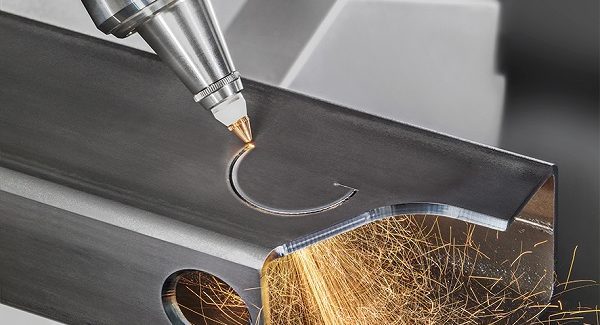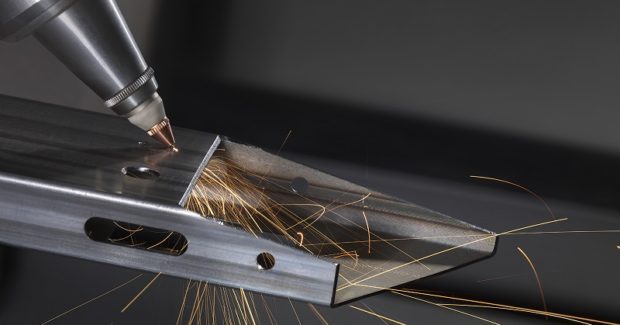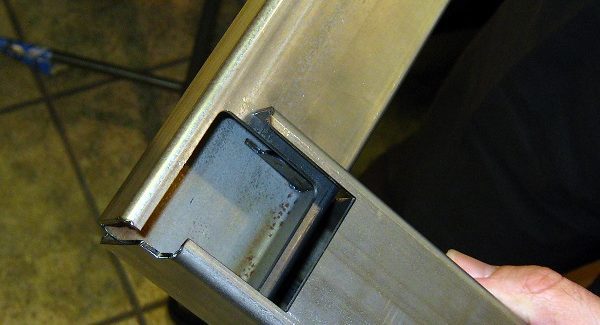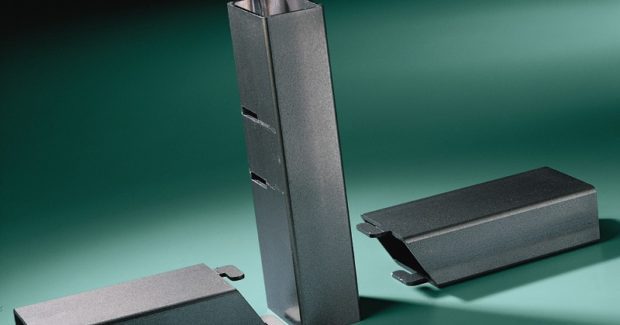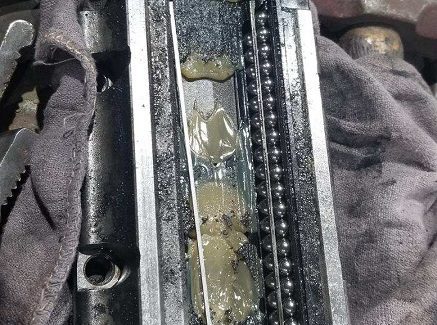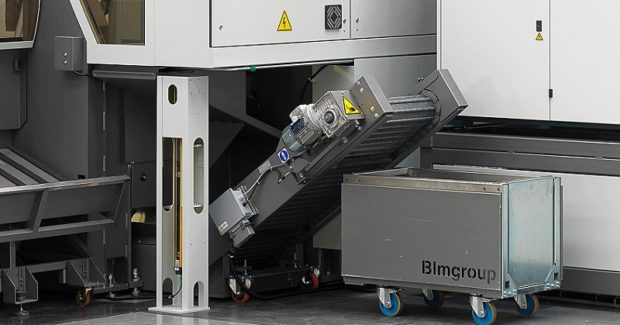Small Actions Make a Big Impact on Cutting Success
Those details that were so important in the beginning slowly lost their importance in a slippery slope toward diminished product quality, lower efficiency and lack of maintenance. Getting back to basics is always the best way to keep a laser tube machine in top condition mechanically and optically, and to avoid a huge problem before it seems insurmountable.
Posted: January 2, 2019
Laser tube processing is a rapidly growing industry, used in manufacturing everything from office furniture to automotive applications. Materials that can be processed on a laser tube machine include mild steel, stainless steel, aluminum, copper and many other variants. The laser tube machine is advantageous due to the tremendous time savings it offers, with many conventional processes being replaced by a single machine: The capabilities of this system can eliminate the process of a saw and a punch. Cutting features such as tabs, slots or bend cuts save time downstream in the assembly process and make welding possible with minimal or no fixturing. Additionally, an extremely high quality laser-cut edge often does not require post-processing to deburr the cut surface.
Over time, a common issue that many shops face at some point in the life of their laser tube processing operation is a deterioration of cutting quality and machine performance. Here’s a typical scenario: A new laser tube machine brings enthusiasm and energy to a business, with new positions to be filled either by new employees or by existing employees being shifted to operate the new machine. Operators and programmers receive training on how to run the new machine and, although there’s a bit of a learning curve, it brings expanded production capabilities and opportunities. All of this excitement surrounding a new machine, new jobs and new process capabilities brings pride to the quality of work being done and care to the overall machine.
Fast forward a few years and the system has lost some of its splendor – this is simply human nature; the same way that most of our personal vehicle interiors suffer as the years of ownership tick by. The equipment now has some scars: accidental collisions with fork trucks, marring from clashes with tubes, human negligence, and whatever else has left its mark. Inside the machine, a layer of fine cutting residue has collected. Metal scrap seems to find its way into bearings and other moving parts of the machine, causing premature wear. To prevent this sort of buildup, a basic routine to follow involves taking the time to simply clean the inside of the equipment, removing scrap and residue from parts of the machine that otherwise do not receive attention. This can really go a long way toward extending the life of the system. This same simple cleaning routine can also discover small issues before they become bigger problems by simply seeing parts of the machine that are otherwise ignored.
Back to our scenario: Machine maintenance suffers as the years go by. As production requirements increase, so does the tendency to run the machine to the point of component failure. Procrastinating on maintenance activities is easy because we always tell ourselves that they can be taken care of once things slow down. But often the demand stays high and the maintenance is never done, resulting in failure and extended periods of downtime. The real key here to long-term success is to return the attitude of the operators, the maintenance department and management to the way things were when the machine was new. It is important for companies to recognize that running the machine without giving the operators and maintenance department time to keep up with equipment maintenance is a short-sighted perspective that will only lead to deterioration of machine performance and overall product quality.
Once production is launched on the machine, a basic routine that must be followed involves setting time aside for regularly scheduled preventative maintenance: Ensure that rotating machinery and moving parts are properly lubricated. Keep a watchful eye on the assist gas supply quality and line integrity. Assist gas lines and fittings can develop leaks over time, both at bulk tank systems and inside the building. An easy test for finding leaks is to spray the fitting with soapy water. If the soapy water starts to bubble, you have found a leak. Assist gas leaks are important to identify because many optical paths are positively purged with nitrogen. Keeping the nitrogen clean also means keeping those optical paths clean. Make sure the filters in the chiller, dust collection system, assist gas and compressed air systems are replaced according to the recommended PM schedule. Proactively replace consumables, because this is a leading cause of preventable failures. Small actions can have a big impact! This will ensure that the machine remains in top condition mechanically and optically.
It’s important to establish simple routines of scheduled maintenance tasks that the operator can easily adapt for everyday maintenance. For example, at the beginning of the shift it is a good idea for them to conduct a walk around of the machine to verify nothing is out of the ordinary. Another routine is for them to verify nozzle centering and optical cleanliness, including focusing lenses and protective windows, maintaining the standards recommended by the machine manufacturer. These very easy checks will keep the machine performing at the highest level possible. Communication is also important, and although it may seem simple and obvious, companies struggle with it daily. Establishing a log or some other form of exchange for operators to share information between shifts and with management/maintenance is a key factor to success and a smooth running and efficient machine.
None of these concepts are new developments. There is a good chance that the average machine shop implemented these types of routines when their laser tube machine was first installed. But over time, the human tendency toward complacency leads many operations down the wrong path. Those details that were so very important in the beginning have slowly and subtly lost their importance. The slippery slope toward diminished product quality, lower efficiency and lack of maintenance on the machine can turn into a huge problem that seems insurmountable. Getting back to basics is always the best way to begin the road back to cutting success.
For more information, visit tube and pipe fabrication and also subscribe to F&M.



